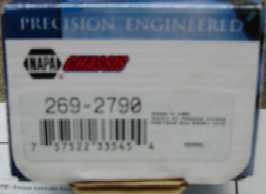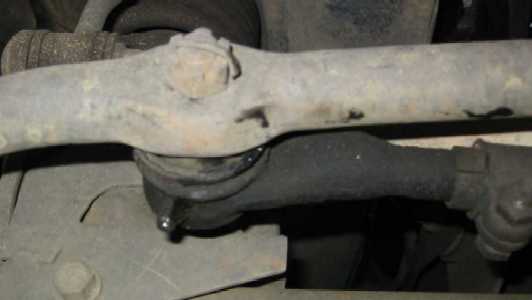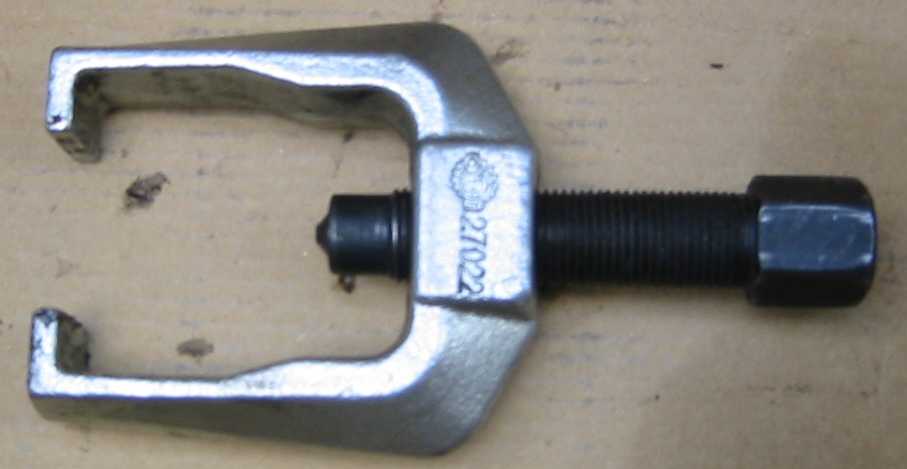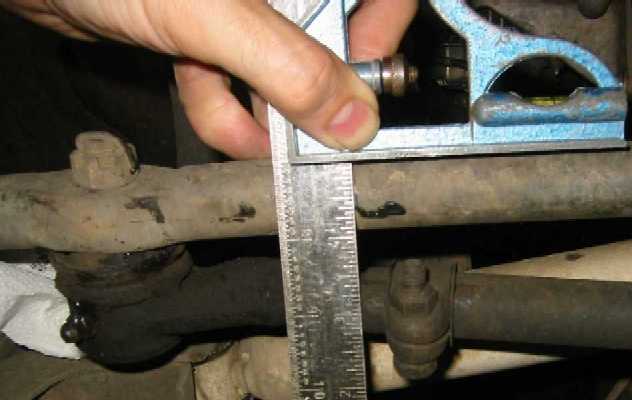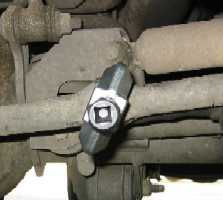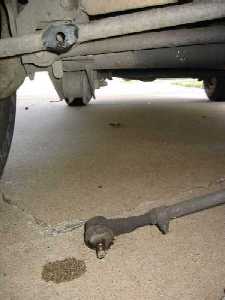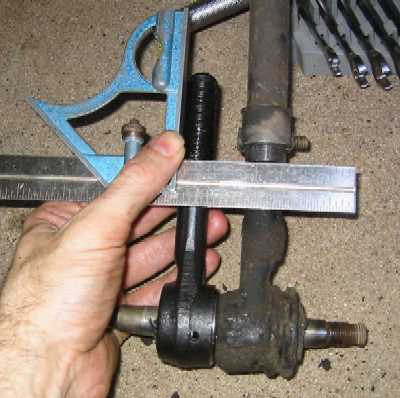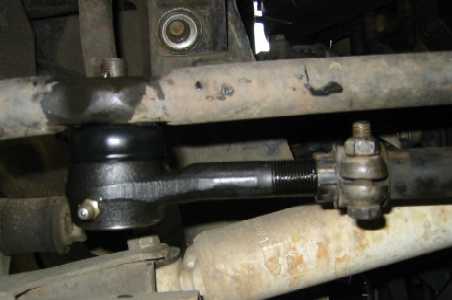
|
This is what you should see. The zerk is in, the boot is on, (remember the boot), and the clamp is pointing down and not caught up on the drag link. See the little hole, it's where a cotter pin will go. If your part is like mine then you might want to clean out the edges of that hole. I didn't and getting the cotter pin in was a real pain in the butt. At any rate, now the castle nut goes on (castle side out) to 55 ft.lbs. If the hole doesn't align then tighten the nut further. It's not advisable to loosen the castle nut to get a cotter pin in. Just like in the original shot, the cotter pin goes in from the top and the legs are bent over and back. Now is a good time to add some more grease to the joint. Squeeze in enough so it comes out the top of the boot and your done. Don't have a grease gun? Then have a local shop top it off. There is enough assembly lube in there for a short time, but not enough for daily driving. |
